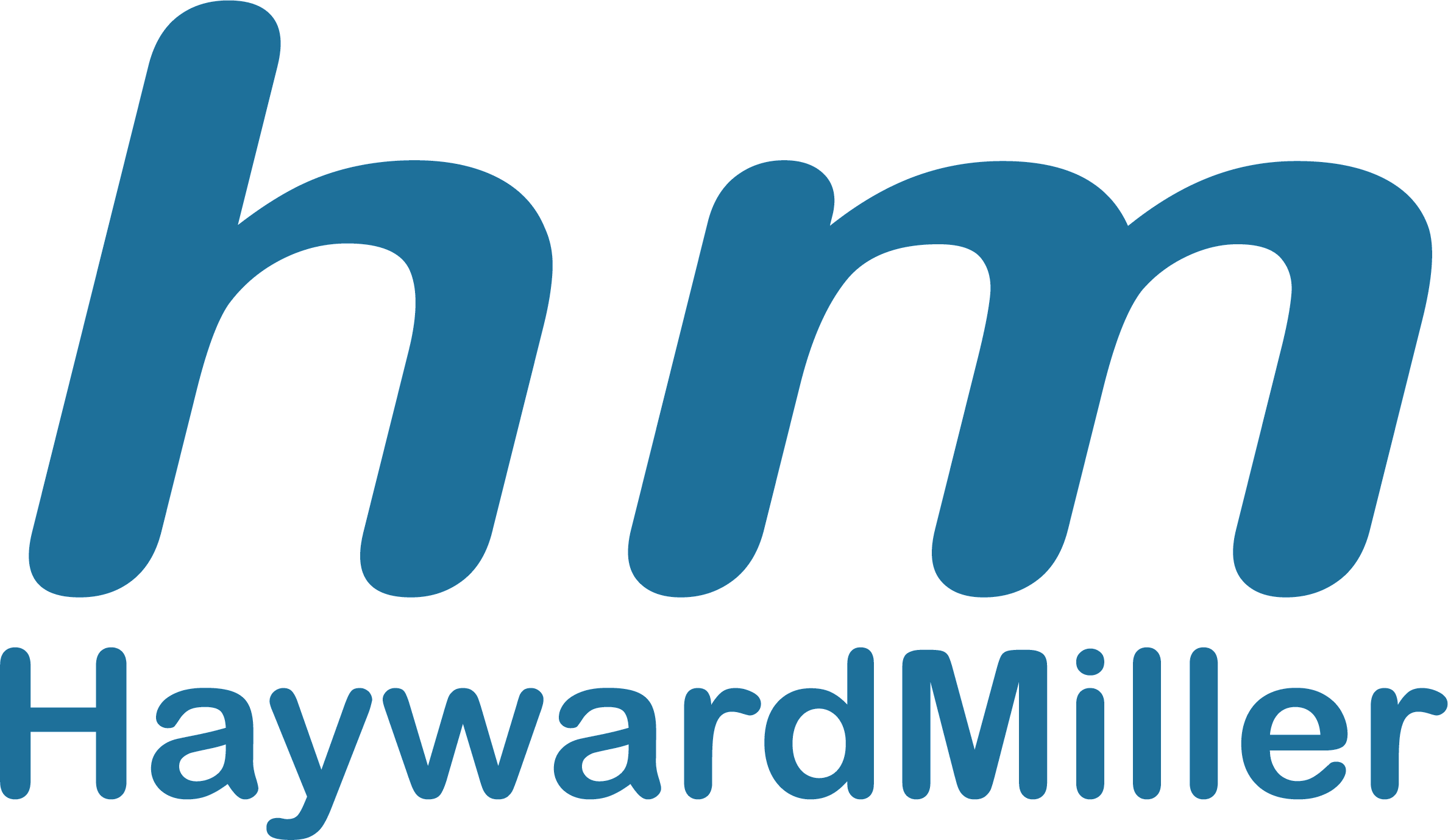Writing a Successful Business Plan

It is essential for all businesses to have a realistic, working business plan. It is not only used to monitor your performance and to align your workforce but can also be a useful document to secure external funding.
What is a Business Plan?
In detail, a business plan is a written document that describes a business, it’s objectives, it’s strategies, the market it is in and its financial forecasts. Business plans work well when updated regularly (every four to six months) as your business grows. This allows the plan to develop into a more comprehensive document as the year’s progress. Every company should have a business plan. This document will help identify any potential pitfalls before they happen, structure the financial side of your business efficiently, focus your efforts on developing your business and finally, your business plan can work as a measure of your success.
Your business plan should provide answers on how you are going to develop your company going forward; When you are going to do it? Who’s going to play a part? How will you manage your finances?
A business plan should be broken down into:
- Executive Summary
The executive summary is often the most important part of your business plan. The executive summary is a synopsis of the key points of your entire plan. It should include highlights from each section of the rest of the document. Its purpose is to explain the basics of your business in a way that both informs and interests the reader.
- Business Overview
Give a summary of your business; – History, Industry., Vision, Aims & Objectives. This part of the plan sets out your vision for your business and includes who you are, what you have to offer and the market you want to address. When you started or intend to start trading, the type of business and the sector that it’s in. Make your Vision, Aims & Objectives SMART (Specific Measurable Attainable Relevant Timely).
- Products & Services
Detail the portfolio of your products. What are the benefits and what makes them different from competitors? Why would the market buy your offering over competitors? How you are going to trademark your products. Include designs, pictures of your product. Include all the material necessary for readers to understand the full extent of what you sell.
- Markets & Competitors
Who are your customers, what are their key drivers? Describe the market you aim to sell in, what’s the market share, who is currently the market leader? How have you segmented the market? Who are your competitors? What are their strengths and weaknesses? Are you operating in an oligopoly or monopoly? These are important questions which highlight how competitive your desired market is.
- Marketing & Sales
This section should describe the specific activities you intend to use to promote and sell your products and services. It should cover; how do you plan to position your product or service in the marketplace? How will you market your Unique Selling Point (USP)? What is your pricing policy and strategy? How will you promote your product or service?
- Management & Personnel
Outline the structure and key skills of both your management team and your staff. What leadership style works best with your team? If you’re looking for external funding, your management team can be a decisive factor. Give details of your workforce in terms of total numbers and by the department. Describe what work you plan to do internally and if you plan to outsource any of your operations. Your plan should also include any recruitment or training plans, including timescales and costs.
- Operations
Your business plan also needs to outline your operational capabilities and any planned improvements. There are certain areas you should focus on such as Location, Production and Technology. Do you have any business property? Do you own or rent it? Do you need your own production facilities, or would it be cheaper to outsource any manufacturing processes? Who will be your suppliers? This section should also cover what technology is used throughout your business. Outline the reliability and the planned development of your IT systems and include the strengths and weaknesses in this area.
- Financial forecasts
As part of your plan, you will need to provide a set of financial projections, which translate what you have said about your business into numbers. If relevant, how much capital do you need if you are seeking external funding? How do you plan to pay back any borrowings? What are your sources of revenue? Your forecasts should be projected for at least the next 3 years. Include your sales forecast, profit & loss forecast, any cash flow statements and your contingency plans with your risk analysis.
Conclusion
A Business Plan should be written so that an external party with no affiliation to your business can understand exactly who you are, what you do and why you do it. Once the document has been read, the reader should completely understand your current business position and future plan of action. This can include potential investors, mergers, employees and business partners. The more you detail the more accurate of an understanding and service you will receive in return.
Written By Leyla Hussein

